19 Powerful Hyper-Converged Infrastructure Solutions: New Choices From A Narrowing Field Of Vendors

Hyper-converged Infrastructure: Business Growing, But Industry Shakeout May Be Starting
The hyper-converged infrastructure marking is one that is enjoying hyper growth. In June IDC estimated that sales of hyper-converged infrastructure offerings grew 64.7 percent annually during the first quarter of 2017 to reach $665.1 million.
At the same time, the hyper-converged infrastructure market may be starting to consolidate. One of the key players, SimpliVity, was acquired this year by Hewlett Packard Enterprise. And the technology of one of the up-and-comers in the hyper-converged infrastructure business, Atlantis Computing, was in July acquired by Hive-IO, a New York-based developer of software-defined infrastructure technology.
As the industry grows up, CRN here is highlighting 19 new offerings vendors in the space. These devices all integrate at least two IT resources – compute, storage or networking – along with unified management, and which can be used to run general purpose applications. To see what is available, turn the page.
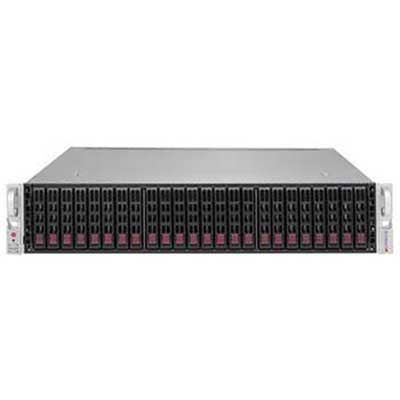
Argon Systems Microsoft Storage Spaces Direct-based HCI
Argon Systems in September unveiled a new series of hyper-converged infrastructure appliances based on Microsoft Storage Spaces Direct, the software-defined storage option included with Windows Server 2016 Data Center edition. The San Jose, Calif.-based company unveiled the Argon Systems Server 3000 with an all-NVMe storage configuration for maximum performance; the Server 5000 high-performance, high-capacity offering for applications like SQL Server; and the Server 6000 with large capacity for mixed applications.
Microsoft Storage Spaces Direct allows the development of low-cost hyper-converged infrastructure offerings because the software is included as part of Windows Server 2016 Data Center edition, the company said. The company's offerings are based on Supermicro or Hewlett Packard Enterprise servers.
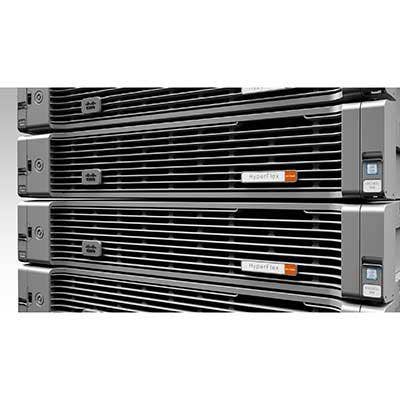
Cisco HyperFlex Systems
Cisco HyperFlex Systems combine the fabric computing platform of Cisco UCS with the company's next-generation HX Data Platform software in an integrated offering that also includes Cisco Cloud Center and Cisco ACI. The HX Data Platform controller combines the cluster’s flash and spinning drives into a single distributed, multi-tier, object-based data store with data striped and replicated across the cluster to protect data from single or multiple component failures. Cisco HyperFlex comes in hybrid-flash or all-flash configurations, and is available as a pre-integrated cluster the company claims deploys in less than an hour. Compute or storage resources can be scaled independently to match application requirements. An entry-level version, the Cisco HyperFlex Edge, is targeted at remote and branch office and SMB environments.
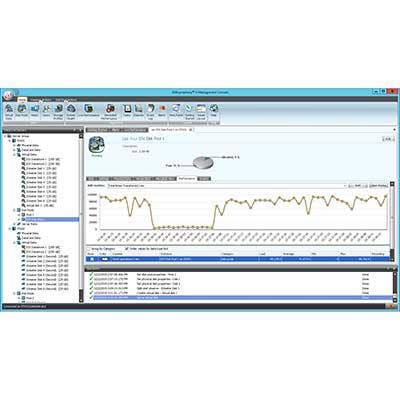
DataCore Hyper-Converged Virtual SAN
The DataCore Hyper-Converged Virtual SAN software from Ft. Lauderdale, Fla.-based DataCore runs directly on and integrates with host servers to form a hyper-converged infrastructure platform with unified compute and storage management. It lets the servers aggregate individual local spinning disks and flash storage into a fast, highly-available virtual storage pool. This enables web-scale sharing of data across the cluster of servers without an external SAN in both VMware and Microsoft environments. DataCore Virtual SAN supports both virtualized and non-virtualized applications as well as a variety of hardware and hypervisors on the same infrastructure.
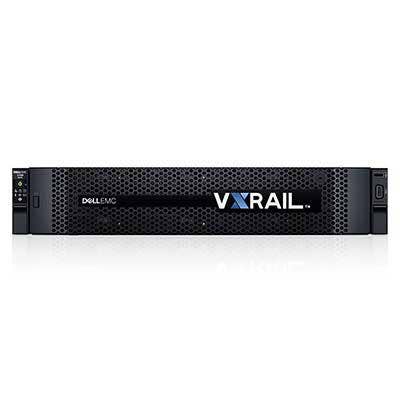
Dell EMC VxRail Appliances
Dell EMC VxRail appliances, built on Dell EMC PowerEdge servers, are powered by VMware vSAN software-defined storage platform and jointly engineered with VMware. VxRail supports a wide range of applications and workloads with single-call support, one-click user upgrades, and integration with existing VMware management solutions.
The latest VxRail appliances 4.5, unveiled in May, offers several new features aimed at simplifying installation and management, including enhanced enterprise deployment features, greater hardware flexibility, and improved interoperability with Dell EMC technologies. VxRail appliances support the latest VMware technologies, including vSphere 6.5 and vSAN 6.6, aimed at helping accelerate flash performance, protect against unauthorized access to data, and enhance protection for stretched clusters.
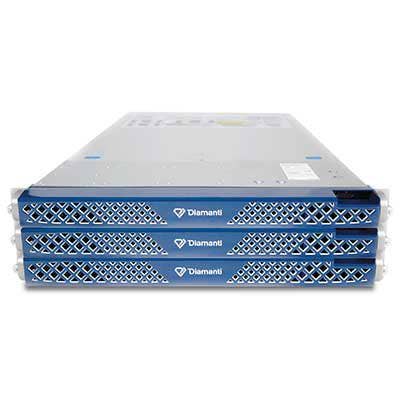
Diamanti D10
New this year is the Diamanti D10 rack-mounted appliance from San Jose, Calif.-based Diamanti which offers virtualized container networking and storage with integration of Docker and Kubernetes. The D10 can be up and running in under 15 minutes ready to run bare metal Docker containers with guaranteed levels of performance, the company said. Four of the most popular use cases include self-service Docker container infrastructure for developers as a private container cloud; automated, converged I/O with Docker, Kubernetes, and Mesos; fast data infrastructure to deploy databases with Docker, Kubernetes and Mesos in seconds with guaranteed service levels; and an elastic DevOps pipeline for seamless Kubernetes and Mesos DevOps experience from development to production.
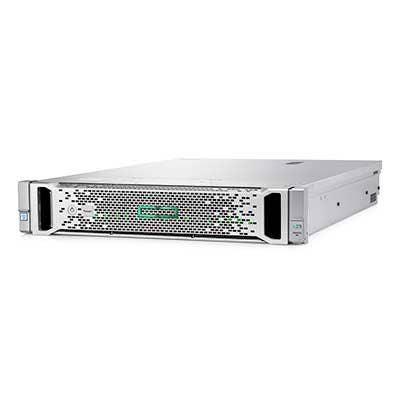
Hewlett Packard Enterprise SimpliVity 380
The HPE SimpliVity 380 integrates the SimpliVity OmniStack software that Hewlett Packard Enterprise acquired earlier this year to unify compute, storage services, and networking in a single HPE ProLiant DL380. Available since April, the HPE SimpliVity 380 offers a full suite of traditional IT functions including WAN optimization, unified global VM-centric management, data protection, cloud integration, built-in backup, disaster recovery, caching, and scale-out capabilities. In-line deduplication, compression, and optimization are applied to all data at inception.
Available in three versions, the HPE SimpliVity 380 can be clustered to form a shared resource pool with high availability, mobility and performance and capacity scaling. The HPE SimpliVity HyperGuarantee promises customers 90-percent capacity savings across storage and backup combined, relative to comparable traditional solutions.
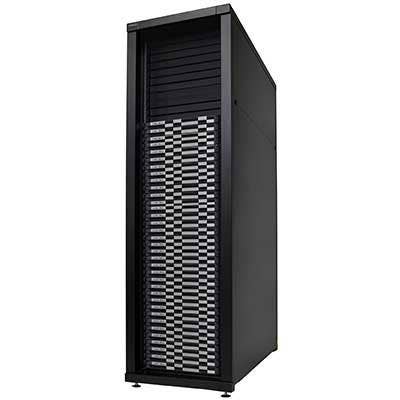
Hitachi Data Systems UCP RS
The Hitachi UCP RS is an integrated software-defined data center cloud infrastructure solution that Santa Clara, Calif.-based Hitachi Data Systems targets at accelerating hybrid clouds for business agility and simplifying operations. The system natively integrates software-defined compute, storage, and networking for turnkey delivery of end-to-end software-defined data centers. UCP RS can grow up to 256 nodes across multiple racks to provide an enterprise scale cloud platform that provides customers with the flexibility to leverage private and public clouds without replatforming applications. Unified management tools automate the provisioning, configuration, managing, and monitoring of the entire stack. Resources are consumed in a new construct known as workload domains, which HDS said provide isolated virtual data centers for multi-tenancy scenarios.
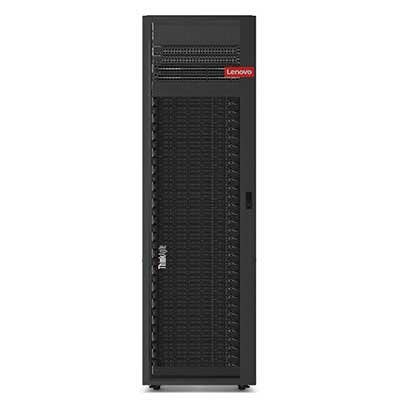
Lenovo ThinkAgile SX Series for Nutanix
In June Lenovo started shipping the Lenovo ThinkAgile SX for Nutanix, a turnkey hyper-converged rack-scale offering. The Lenovo ThinkAgile SX for Nutanix, which combines the Lenovo ThinkAgile HX appliances and Lenovo ThinkAgile networking with Nutanix's software stack, is pre-integrated, racked, wired and provisioned in Lenovo factories.
Other Lenovo value-adds to the offering are ThinkAgile Network Orchestrator to simplify virtual machine administration and reduce errors and network interruptions, Lenovo XClarity integrated with Nutanix Prism to simplify end-to-end management, and the Lenovo ThinkAgile Advantage service and support offering.
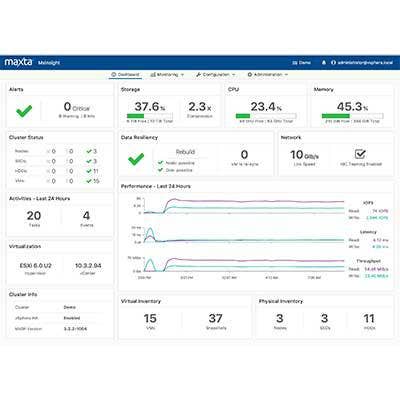
Maxta MXsP Software
The Maxta MxSP software from Santa Clara, Calif.-based Maxta brings hyper-converged infrastructure capabilities to any standard x86-based server. The software allows storage to be scaled independent of compute depending on workload requirements. The company's application-defined storage technology provides resiliency and performance policies on a per-virtual machine basis on the same cluster. MxSP provides single pane of glass management, seamless scalability, and enterprise-class data services for most virtualized environments, including public, private and hybrid cloud deployments, the company said.
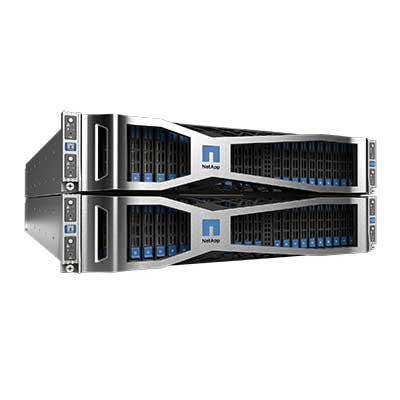
NetApp HCI
NetApp, Sunnyvale, Calif., in June introduced its first hyper-converged infrastructure offering, the NetApp HCI, which is based heavily on NetApp's SolidFire all-flash storage technology. The NetApp HCI is targeted at enterprises, mid-sized businesses, and service providers looking to consolidate workloads, scale in ways that won’t strand resources, and provide greater performance for next-generation applications.
NetApp HCI includes the ability to set the quality of service at the application level, scale compute and storage resources independently in 1U increments, and automate and streamline management. It is Data Fabric ready so users can access data across any cloud, and features integration with technology from such partners as Commvault, Intel, MongoDB Enterprise, Veeam, and VMware.

Nutanix Expands Enterprise Cloud OS
San Jose, Calif.-based Nutanix in June enhanced its Enterprise Cloud OS software which extends its hyper-converged infrastructure across on-premises and public clouds.
New to Enterprise Cloud OS is Nutanix Xi Cloud Services, which extends data center services to the cloud via the company's Prism centralized data center infrastructure management software. The first Nutanix Xi Cloud Service, expected to be available early next year, is Xi Cloud Disaster Recovery. It takes advantage of Nutanix's own cloud, and also expected to run natively in the Google Public Cloud. Also new is Nutanix Calm, a single software fabric that lets customers define and publish applications in the form of blueprints that can then be provisioned across different cloud environments.
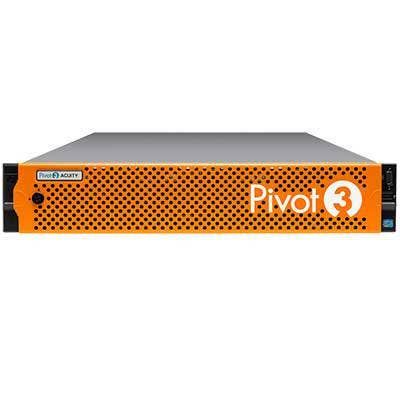
Pivot3 Acuity
Acuity from Austin, Texas-based Pivot3, unveiled in April, is claimed to be the industry’s first priority-aware and policy-based hyper-converged infrastructure offering with NVMe PCIe flash performance, giving customers the ability to consolidate multiple mixed-application workloads onto a single infrastructure. Acuity offers policy-based simplicity and priority-aware intelligence thanks to its quality of service engine integrated with multi-tier architecture to provide pre-defined performance and user-defined data protection policies to meet service level agreements in mixed workload environments, automatic workload prioritization and real-time multi-tier data placement, self-management, and a policy scheduler. Acuity’s policy-based management engine was optimized for NVMe PCIe flash performance for such workloads as databases, enterprise applications, business analytics, and virtual desktop infrastructure.
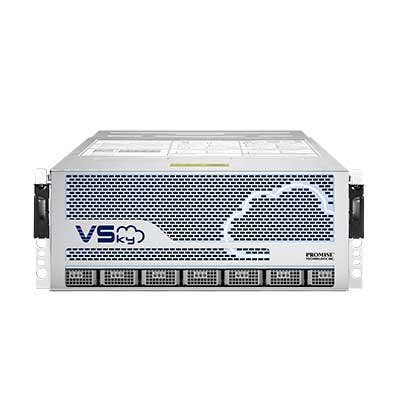
Promise Technology VSkyCube
The VSkyCube from Promise Technology combines compute, networking, and storage virtualization technologies as an integrated offering to implement what the company Taiwan-based called IT-in-a-box and cloud-in-a-box system administration. VSkyCube is designed with a scale-out approach, and offers a distributed storage system with compute, storage, and networking capabilities based around a centralized single pane of glass management system. Designed for small and midsized businesses, it can be used as part of a pre-integrated and adaptable cluster with a unified pool of scalable resources that can be rapidly deployed, adapted, and managed.
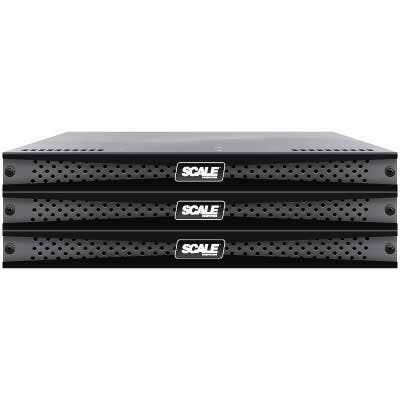
Scale Computing HC3
Scale Computing’s HC3 virtualization platform is termed by the Indianapolis, Ind.-based company as a complete data center in a box with server, storage, and virtualization integrated into a single appliance. Rather than treat storage, servers, virtualization, and management as different data center silos, HC3 integrates them in a comprehensive system with automate management. The HC3 comes with its own open source KVM-based hypervisor, HyperCore, which means customers in many cases man not have to pay virtualization software licenses.
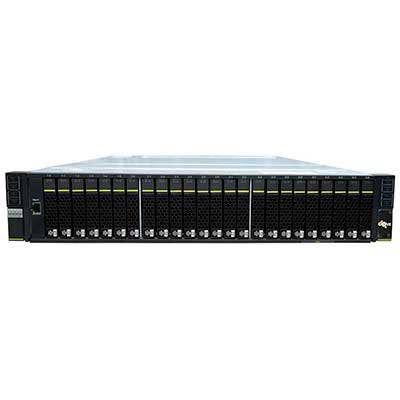
Sphere 3D HVE ConneXions
The HVE hyper-converged appliances from Sphere 3D were unveiled in April and feature the San Jose, Calif.-based company's Manageable, Scalable, Reproducible, and Predictable (MSRP) architecture which targets simplified application and workload deployments. The HVE STACK leverages VMware vSAN and can be configured with all SSD or NVMe based storage. HVE also offers virtual desktop infrastructure nodes that can deliver GPU and non-GPU accelerated workloads from 50 to 200 desktops per appliance. Using HVE’s Desktop Cloud Orchestrator (DCO), customers can deploy cluster-less virtual desktops for small businesses and branch office locations. HVE ready nodes for Datrium and HVE Snapconverged appliances are also options for expanding the storage capabilities.
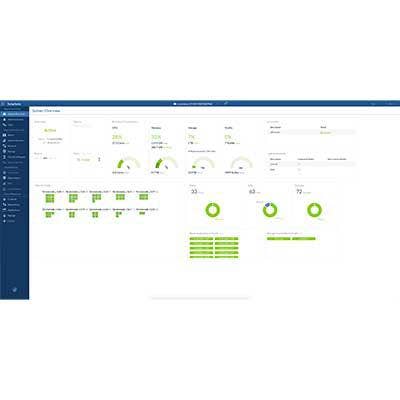
Stratoscale Symphony
To help businesses accelerate planned transitions towards hybrid and AWS-based clouds, Sunnyvale, Calif.-based Stratoscale offers enterprises and service providers the Stratoscale Symphony. This is a software-defined and hyper-converged infrastructure software that creates an on-premises, AWS-compatible region for all workloads and data using industry-standard x86-based servers. Stratoscale claims the offering can be deployed in minutes to let businesses align with an AWS cloud-first strategy, and offers flexibility and simplicity in managing all workloads and resources via a single pane of glass, decoupled from any hardware vendor constraints. Stratoscale Symphony offers a wide range of multi-tenant services and applications that can be consumed directly by users and tenants.
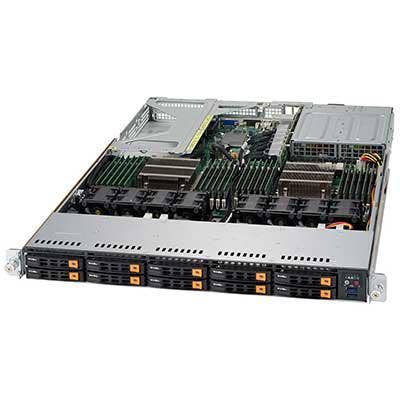
Supermicro HCI Solution SYS-1028U-S2D
San Jose, Calif.-based Supermicro’s SYS-1028U-S2D, unveiled in June, is a pre-validated, highly dense all-NVMe platform that leverages Windows Storage Spaces Direct (S2D) as its operating system. This Microsoft-certified offering bundles four 1U Supermicro SYS-1028U-TN10RT+ Ultra servers with all required software licenses and cables to support up to 40 virtual machines per node. Each node includes dual Intel Xeon E5-2600 v4 processors, 128 GBs of DDR4 memory, and NVMe SSDs, and offers over 3 million IOPS in a 4U rack space.
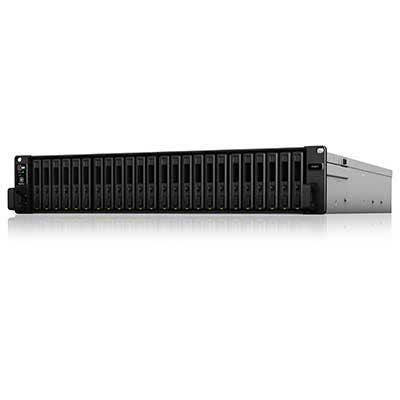
Synology FlashStation FS2017
The FlashStation FS2017 from Taipei, Taiwan-based Synology, introduced in April, is an all-flash, 24-bay rackmount NAS appliance powered by an 8-core Intel Xeon processor delivering up to 90,000 4K random write IOPS. The built-in DiskStation Manager (DSM) operating system offers access to Synology’s catalog of over 100 add-on software applications including support for running virtual machines, running applications in Docker containers, converged video surveillance management, mail serving and a wide range of storage services including snapshot replication, off-site disaster recovery, and cross-site file syncing. The storage capacity scales up to 72 drives with the addition of two expansion units.
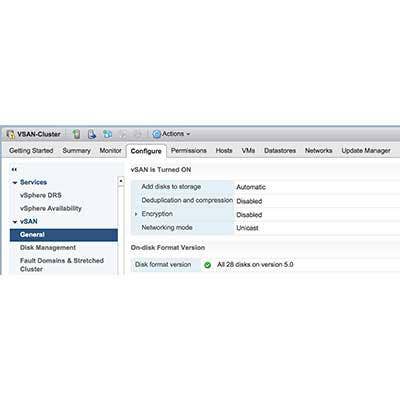
VMware vSAN 6.6
VMware's vSAN 6.6, introduced in April, is the latest iteration of Palo Alto, Calif.-based VMware's Virtual SAN storage virtualization software that is at the base of VMware's vSAN Ready Nodes and Dell EMC's VxRail hyper-converged infrastructure offerings. VSAN 6.6 take advantage of experience in VMware's vSphere virtualization infrastructure and skills. It includes native software-defined, data-at-rest encryption, and allows the deployment stretched clusters to help provide resiliency against both site and local component failures.
For partners, vSAN 6.6 includes a new sizer tool to help streamline hardware selection, as well as a non-disruptive assessment tool to help evaluate real-world workloads. Partners also get stacked partner margins for both vSphere and vSAN licenses.